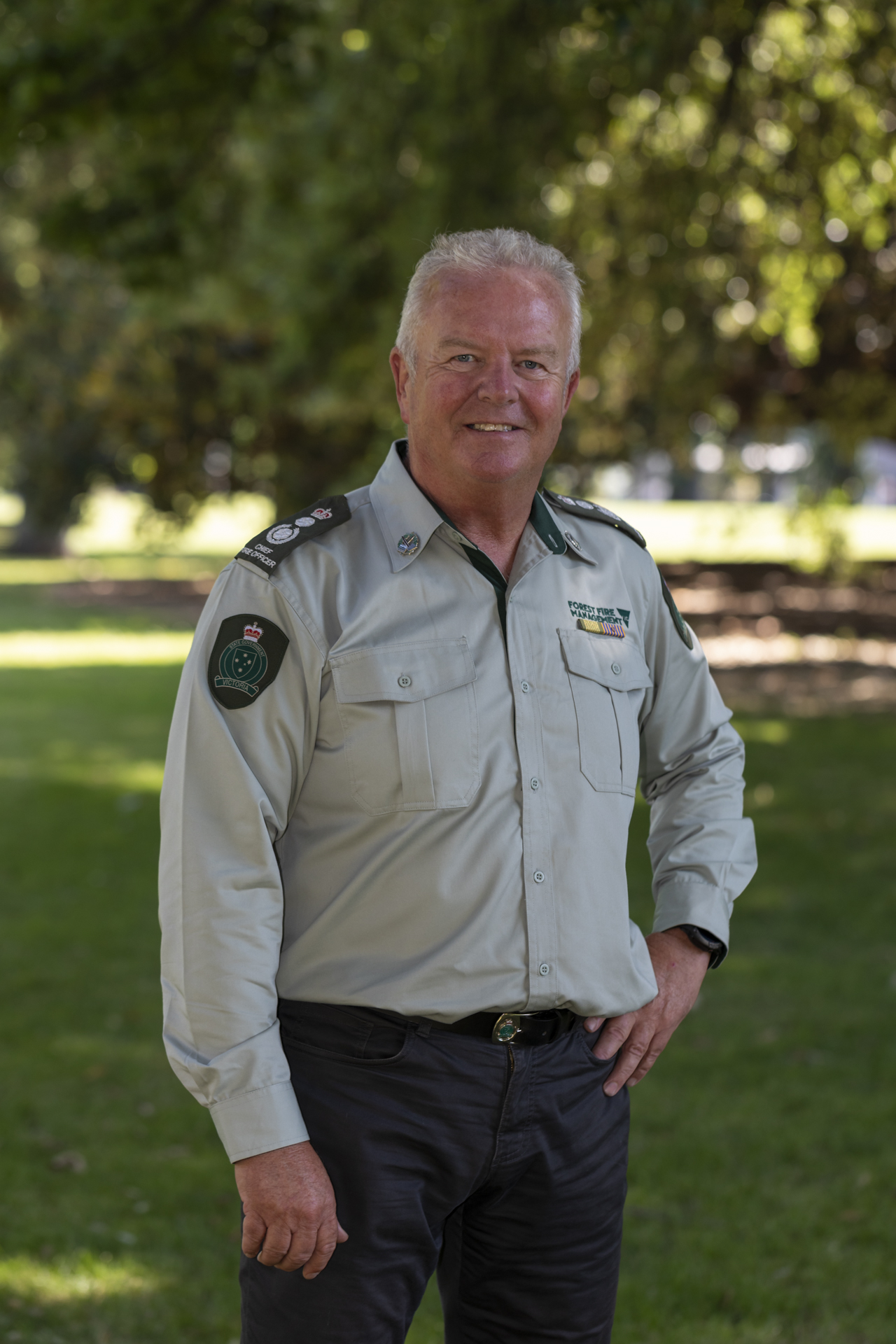This summer certainly served up extremes of weather. We experienced storms and floods in parts of the state and extreme heat and bushfires in others. We feel for the communities affected by these events, and I thank our crews, contractors, incident management personnel and partner agencies for the work they do to keep Victoria safer.
While much of the focus has been on extinguishing these fires, Forest Fire Management Victoria (FFMVic) are also the experts at using fire to help reduce the risk of destructive out-of-control bushfires.
We do that by actively using fire to burn out vegetation to strengthen containment lines around a bushfire, and by undertaking planned burning throughout the year.
Both methods had a critical impact in recent fire fights. Burning out operations at the Bayindeen – Rocky Road fire near Beaufort in the days before the February 28 Catastrophic fire day significantly limited the spread of fire despite the challenging conditions. Planned burning done in previous years also helped firefighters contain the Staffordshire Reef fire south-west of Ballarat earlier in the month.
Delivering our bushfire risk management program takes a lot of planning and preparation. Our climate is changing and finding the right days for safe and effective planned burning is also changing. Successive wet years resulted in fewer opportunities to deliver our program. We are committed to keeping Victoria safer from bushfires. My team continues to monitor conditions and prepare locations to deliver our year-round program.
Planned burning is one of the tools FFMVic uses to keep Victoria safer from bushfires. While we burn to the conditions not the calendar, autumn generally gives our crews more opportunities to conduct planned burns as the weather is more stable and fire behaviour is manageable and generally predictable. As soon as favourable weather and forest conditions arrive, we’ll be making sure all available resources are delivering planned burning.
The planned burning program is underpinned by scientific evidence, local knowledge and continuous improvement to make sure our work is focused where it will have the greatest impact in keeping Victoria safer.
FFMVic is made up of skilled and experienced staff from Victorian fire and land management agencies. Our partners under the FFMVic banner include the Department of Energy, Environment and Climate Action, Parks Victoria, Melbourne Water and VicForests.
FFMVic works with emergency sector partners including the Country Fire Authority, Fire Rescue Victoria and Emergency Management Victoria to manage bushfire risk, prepare communities and respond to bushfires and other emergencies.
We work with the Bureau of Meteorology to assess weather conditions, such as humidity, temperature and wind speed, and will only carry out burns when the conditions are suitable, and it is safe to do so.
The Environment Protection Authority helps us keep the smoke impact from planned burns as low as practically possible and to inform the community through smoke modelling and air quality monitoring.
While planned burning is our most effective tool to reduce bushfire risk, in locations where planned burning isn’t suitable, we mulch, mow, slash and spray, build fuel breaks and upgrade and maintain the public land road network to keep Victoria safer.
The bushfire risk management program is focused on creating a strategic network of fuel reduced areas on public land because it’s not just what’s being done now, but what we’ve delivered in the past and what we plan to deliver in the future that will keep our communities safer.
If you live in or are visiting an area where planned burning is taking place, there’s a good chance you’ll see FFMVic firefighters preparing locations or delivering planned burns. They’ll be the ones in our distinctive green firefighting uniforms.
Register for the latest updates if you want to know more about where and when we burn at Planned Burns Victoria.
Chris Hardman
Chief Fire Officer, Forest Fire Management Victoria
Page last updated: 12/03/24